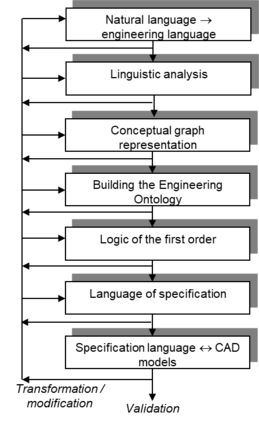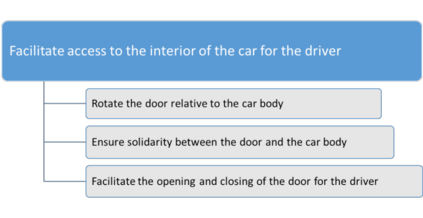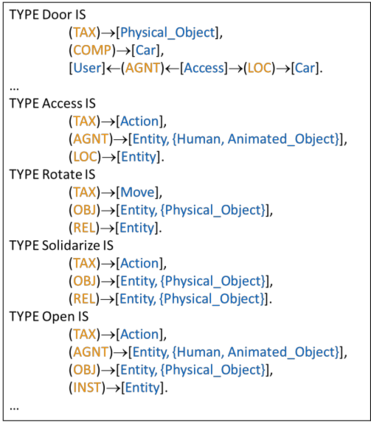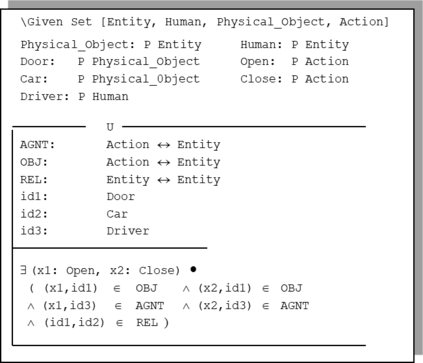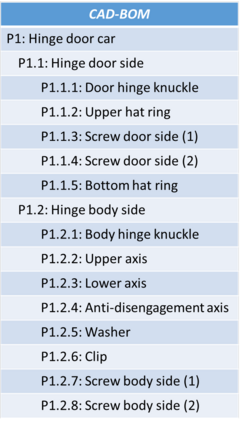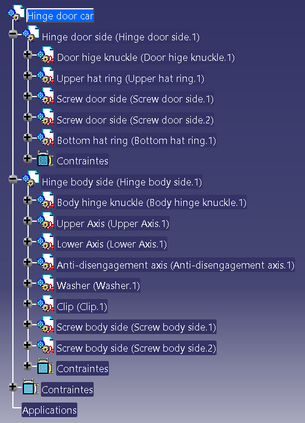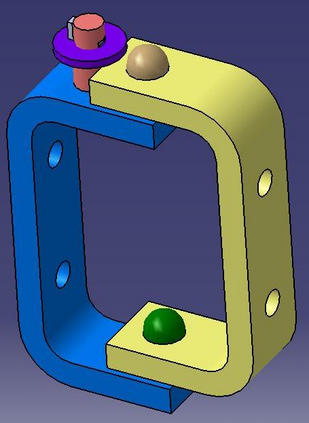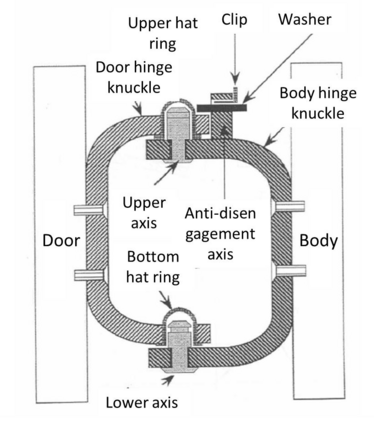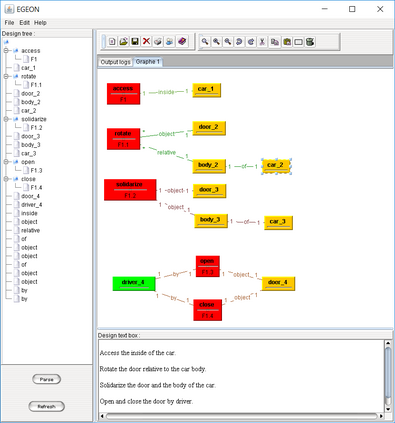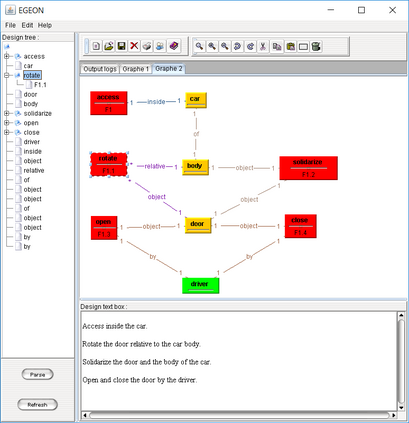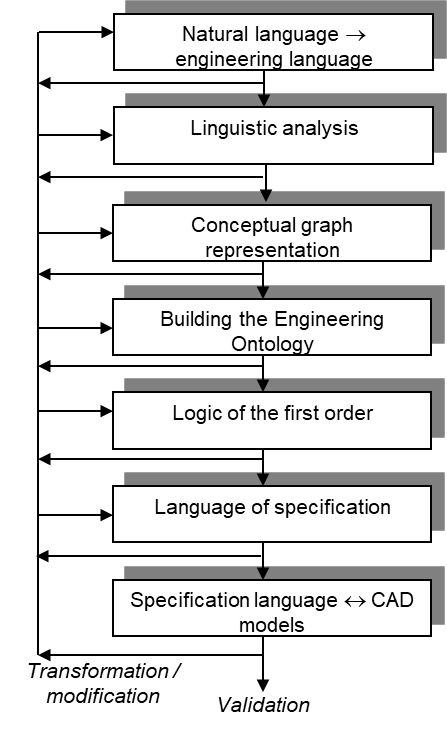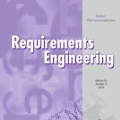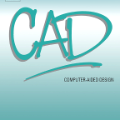This paper assumes that design language plays an important role in how designers design and on the creativity of designers. Designers use and develop models as an aid to thinking, a focus for discussion and decision-making and a means of evaluating the reliability of the proposals. This paper proposes an intelligent method for requirements engineering from natural language and their chaining toward CAD models. The transition from linguistic analysis to the representation of engineering requirements consists of the translation of the syntactic structure into semantic form represented by conceptual graphs. Based on the isomorphism between conceptual graphs and predicate logic, a formal language of the specification is proposed. The outcome of this language is chained and translated in Computer Aided Three-Dimensional Interactive Application (CATIA) models. The tool (EGEON: Engineering desiGn sEmantics elabOration and applicatioN) is developed to represent the semantic network of engineering requirements. A case study on the design of a car door hinge is presented to illustrates the proposed method.
翻译:本文假定设计语言在设计设计者设计和设计者创造力方面起着重要作用。设计者使用和开发模型,作为思考的辅助手段、讨论和决策的重点以及评价提案可靠性的手段。本文件提出了从自然语言及其链条到CAD模型的要求工程的智能方法。从语言分析向工程要求表述的过渡包括将概念图所代表综合结构转换为语义形式。根据概念图和上游逻辑之间的异形,提出了一种正式的规格语言。该语言的结果以计算机辅助三维互动应用程序(CATIA)模型为链条和翻译。开发了一种工具(EGEON: Engineering desiGn smantics elabration and aplicatio),以代表工程要求的语义网络。关于汽车门链的设计的案例研究将说明拟议的方法。

